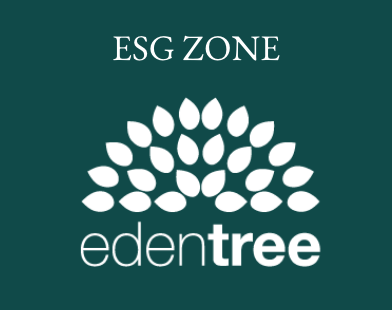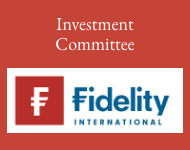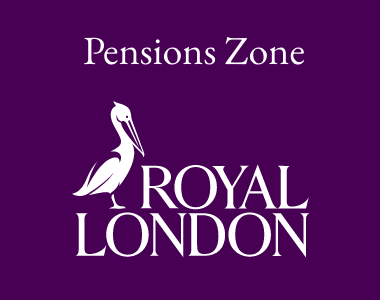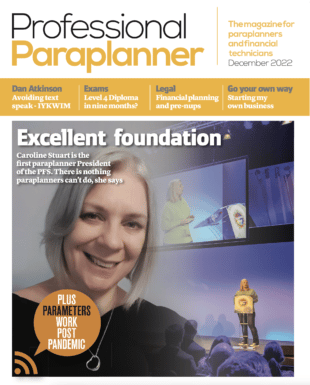With Treasury receipts from IHT increasing year on year, gifting will become more popular as a part of estate planning. But gifts are not always free from the risk of IHT. Gregor Sked, Senior Protection Development and Technical Manager at Royal London considers the value of protection solutions in these scenarios.
The proposed changes in the October 2024 Budget mean inheritance tax (IHT) has become a greater concern for many, with more families now looking for ways to protect their wealth for future generations. The Institute of Fiscal Studies (IFS) reported that 5.1% of deaths in the UK created an IHT liability on estates in the 2023/24 tax year, forecasting this will rise to 9.5% of deaths by 2029/30, the highest level in over 50 years.
One common method of estate planning is to make gifts during a person’s lifetime, thus reducing the size of an estate.
Making lifetime gifts offers additional benefits including removing tax on future growth on assets, providing immediate wealth to loved ones and simplifying the administration of the estate. However, these gifts are not always free from the risk of IHT, especially if the donor dies within seven years of making the gift. This is where life assurance can play a crucial role.
The technicality of gifting
A gift made to an individual or a bare trust is known as a Potentially Exempt Transfer (PET). These gifts are free from immediate IHT but remain subject to the seven-year rule. If the donor survives for seven years, the gift becomes fully exempt from IHT. However, if the donor dies within seven years, the gift is reassessed for IHT with taper relief reducing the tax liability if more than three years have passed. PETs are commonly used for direct gifts to family members.
Lifetime gifts are allocated against the individual’s nil rate band (NRB) when they make them. This means the initial impact of any gift, or subsequent gifts, is to effectively reduce their nil rate band for the seven-year period, thereby increasing the liability on the residual estate during this time.
Furthermore, taper relief is also applied to the rate of tax, not the value of the gift. So, if a gift falls within the NRB, the rate of tax is zero and therefore taper relief has no effect.
Example
Andrea, a 70-year-old retiree, wants to help her granddaughter, Emily, with a deposit for her first home. She decides to gift her £150,000.
Andrea has already used up her £325,000 NRB having made a previous gift into trust. She doesn’t have any further available reliefs or exemptions.
As Andrea’s NRB has been fully utilised, the entire £150,000 gift could be subject to IHT if she dies within seven years. The table below shows the potential IHT liability that Emily could face if Andrea died within the seven-year window.
The question is, does Emily have the means to pay the debt? And with IHT usually needing to be paid within six months of the donor’s death, how easily could she get hold of the money.
The solution
If it’s been established that taper relief will apply, one solution to protect recipients of these gifts against the potential reducing tax liability is to use life assurance policies.
Often referred to as ‘gift inter vivos’ (GIV) policies, these products have a fixed seven-year term, with cover reducing gradually to match the reduced liability as taper relief takes effect. Although the cover reduces, the premium typically stays fixed for the seven-year period.
An alternative solution
Multi-cover plans offer an alternative to standalone GIV plans. A multi-cover plan could be arranged with a group of five level term assurance covers running alongside each other with terms of three, four, five, six and seven years respectively, with each cover set at one fifth of the liability. This reducing cover will match the reducing IHT liability, in the same way as the GIV policy does. But there is an added benefit in that the premiums the individual pays will also reduce each year after year three, as each of the individual covers cease. This can significantly reduce the overall cost.
With significant rises to IHT receipts expected in an environment where we’ve just seen receipts up by £0.6bn compared to 2023, gifting is only going to become more of a focus. Being able to clearly position the importance and value of protection solutions in these scenarios is essential to ensuring clients and their families can achieve their future objectives.






























